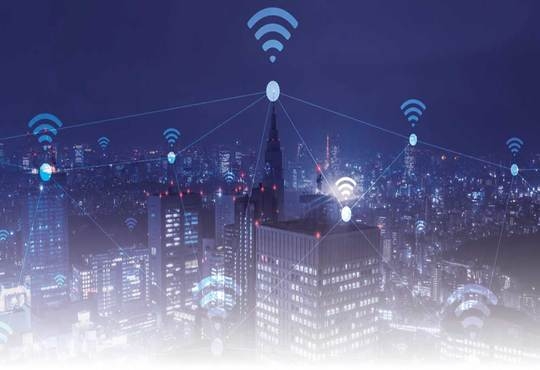
Internet of Behavior: Extracting Behavioral Insights
Janifha Evangeline | Tuesday, 25 May 2021, 04:02 IST
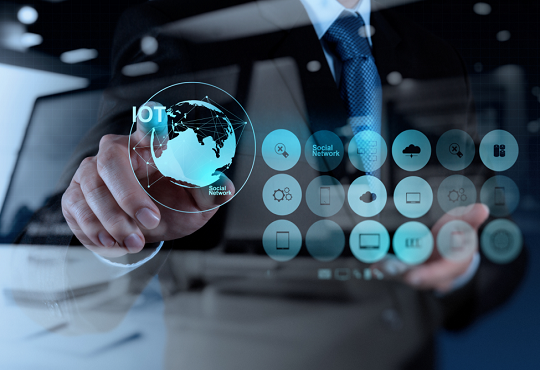
The Internet of Behavior or IoB has become one of the buzzwords to look out for this year. Gartner predicts that activities of 40 percent of the world’s population will be tracked digitally to influence behavior. The Internet of Things is constantly expanding and evolving. The total number of IoT-enabled devices is anticipated to reach 41.6 billion by 2025, according to an IDC report. Furthermore, owing to the significant growth of the Internet of Things (IoT) technology, a new concept is known as the IoB has emerged. In simple terms, data collection that offers valuable information about customer behaviors, customer interests, and customer preferences is called as the Internet of Behavior (IoB).
The Internet of Behavior tries to understand the data from a behavioral psychology perspective, that has been collected from the online activities of the users’ online activity and seeks to address the various question that includes ‘how to understand the data?’, and ‘how to apply that understanding to create and market new products?’, all from a human psychology perspective.
“The Internet of Behavior captures the ‘digital dust’ of people’s lives from a variety of sources, and that information can be used by public or private entities to influence behavior,” says Gartner.
The main goal of the Internet of Behavior is to capture, analyze, understand and respond to all types of human behaviors in a manner that lets tracking and interpreting those behaviors of users using emerging technological innovations and developments in ML algorithms. Furthermore, the user’s behaviors are monitored. And, after this incentives or disincentives are applied in order to influence them to perform towards the desired set of operational parameters. Internet of Behavior is not only descriptive but proactive as well. In other words, it analyzes behaviors and also detects which psychological variables to influence to bring about a certain outcome.
Apart from influencing consumer choice, the Internet of Behavior also redesigns the value chain. While some users are prudent about providing their data, most of them are happy in doing so as far as it adds value which is data-driven value. Therefore, for organizations, this makes them capable of changing their image, and offering market products more effectively to customers or improve the customer experience of products and services. This means that with the ultimate aim of improving efficiency and quality the information can be collected at all stages of a user’s life.
Essential requirements for leveraging IoB in a marketing department
For an organization to make use of the Internet of Behavior in its marketing department, the following are some of the highly essential requirements. Firstly, prior to the creation of the application, it is imperative to imagine the interaction patterns and touchpoints of the user and then involve them in the creation process and understand the users’ needs, keep the app experience unified and cohesive, makes navigation simple and meaningful in order to create an app that is relevant and useful. After the app is ready, the purpose of the app should be conveyed, and the user guide and reward should be created by gamifying the customer experience in the app since there is a strong need for user engagement.
Secondly, solid tools that include multi-format support platforms (XML, JSON, PHP, CVS, HTML, etc.), are needed. These multi-format support platforms should be able to connect to any Application Programming Interface (API), which can upload data to the cloud, for instance, the basic features of Google or FB platforms. Also, the platforms should allow for multi-channel personalization, centralized updates that are replicated. These should also send unique notifications which turn users into contributors for the personalization of the app, and allow for social media integration and maintain an interactive interface.
Lastly, the data that has been captured through the app serves to model user behavior and in turn, this is the actionable data. This could be sent in the form of both pop-ups and notifications to the customer to encourage and incentivize them to adhere to behavior. However, the implementation of analytics plays a significant role as it helps in extracting the essential information from all the data.
Personalization - the key to increasing the efficiency of a service
Information can be accessed from various points of contact through big data, which makes it possible to explore customer experience right from the beginning to the end, to understand where exactly the customer’s interest in a product begins, their journey to purchase, and the methodology that is used in making the purchase. This personalization is not the only key to increase the efficiency of service but it also offers the ability to build more and more touchpoints to engage with the consumer in a positive way. The result of a highly efficient service is that it will help the user to continue to interact and even alter their behavior at times.
Benefits of Internet of Behavior
IoB helps in analyzing customer buying habits across platforms and helps in studying the previously unattainable data on how users interact with devices and products. IoB also obtains detailed information of where a customer is in the buying process and provides real-time Point of Sales notifications and targeting, and lastly, it resolves the problems quickly to close sales and keep customers happy.
Innovations in IoB
Today, it is easy for organizations to link a mobile phone with various products and solutions such as a laptop, a voice assistant, a smart home, or even with their vehicle. The marketing researches from Tech giants such as Google, Facebook, and Amazon are becoming highly comprehensive and the algorithms of these organizations are configured in such a way that they can anticipate customer desires and behaviors. The Business-to-Business (B2B) segment is developing faster compared to the Business-to-Customers (B2C) on the Internet of Business. However, it is only a matter of time before it becomes ubiquitous.
For instance, one of the software companies has built a health app for smartphones, which helps in tracking the diet, sleep patterns, heart rate, and blood sugar levels. Not just that, the app also sends alerts or alerts to adverse situations in the user’s health and suggests behavioral modifications for a positive outcome. Some of the classic examples are the Health passport and Social Distancing Technologies which include apps such as Aarogya Setu in India and The Health Code in China.
Concerning transportation examples, an American technology company that offers ride-hailing services, uses IoT data on drivers, passenger locations, and preferences intending to reinvent Customer Experience. Also, one of the largest American multinational automakers has joined other start-ups which include one of the autonomous driving technology companies, to design autonomous cars that vary their behavior in different cities automatically based on vehicle traffic, pedestrians, bicycles, and scooters.
Another instance is about software development and consulting company that has carried out a project by implementing the IoB concept. The essence or the purpose of this project was to help golfers improve their playing skills. The company wanted the golfers to achieve this with the help of a mobile application and tracking of wearable devices.
The Foresight
With more than 50 percent of the global population taking part in at least one of the Internet of Behavior programs by end of 2025, the Internet of Behavior is anticipated to prevail. Furthermore, this trend should encourage organizations to implement cybersecurity education and awareness programs as more and more organizations start developing IoT solutions, the consumer data will skyrocket and consumer privacy will be of significant importance.
CIO Viewpoint
Artificial Intelligence & The Disruptive Chatbot
By Vishal Sinha, President & CIO, Tranzlease Holdings
IoT: Technology Trends to Watch Out for in 2021
By Sudeep Agrawal, AVP and Head IT, ReNew Power
Reskilling IT with IOT, Cloud & AI
By Uttam Kumar, Head - IT Innovations & New Technology, Aircel
CXO Insights
4 Must Have IT Security Skill sets To Counter...
By Sunil Sharma, Managing Director - Sales, India & SAARC, Sophos
How Low-Code Is Transforming The Future Of Work...
By Deepak Pargaonkar, VP - Solution Engineering, Salesforce
The Path To Managing Data As An Asset


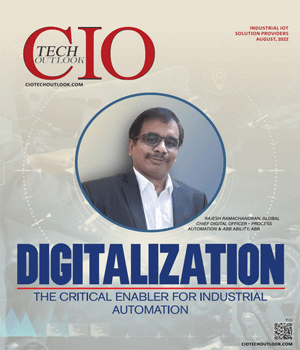

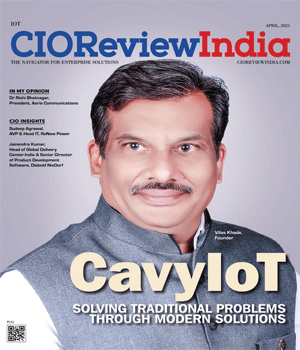
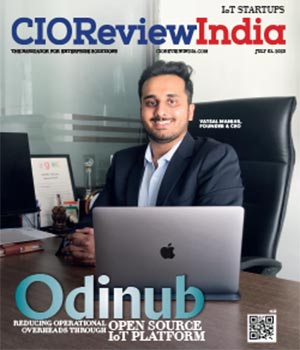

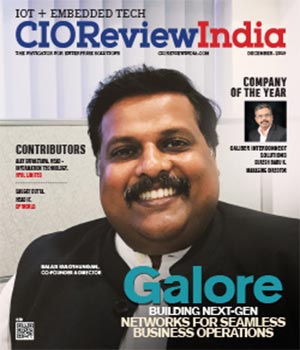
.jpg)
.jpg)
.jpg)
.jpg)
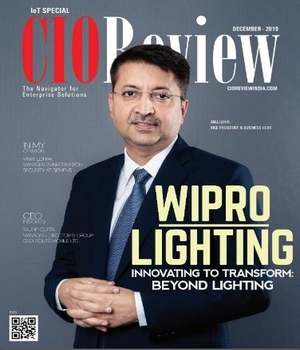
.jpg)
.jpg)

